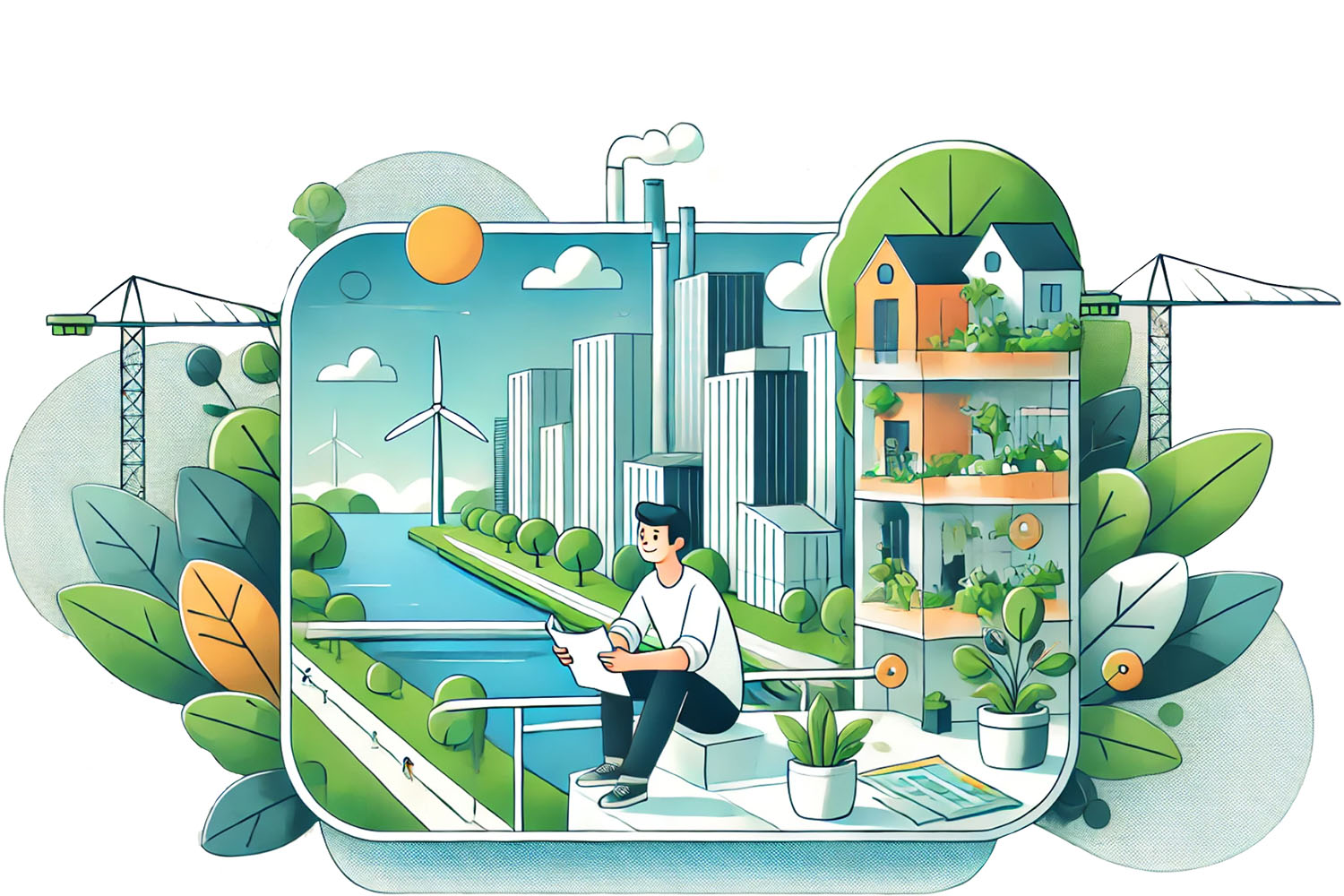Green Building Practices and Sustainable Construction Trends in Australia
Green Building Practices and Sustainable Construction Trends in Australia

Building a Sustainable Future: The Rise of Green Construction
Australia’s construction industry is undergoing a transformation, with sustainability becoming a key focus. Green building practices and sustainable construction trends are not only helping to reduce the environmental impact of construction but also creating healthier, more efficient buildings.
This article explores the latest green building practices and trends in sustainable construction that are shaping the future of the industry in Australia.
1. What is Green Building?
Green building refers to the practice of designing, constructing, and operating buildings in a way that reduces their environmental footprint. This includes using eco-friendly materials, energy-efficient systems, and sustainable designs that minimise waste and conserve natural resources.
2. Energy-Efficient Building Design
One of the key aspects of sustainable construction is energy efficiency. In Australia, many builders are adopting energy-efficient designs that reduce energy consumption and lower carbon emissions. This includes passive solar design, high-performance insulation, and energy-efficient windows and doors.
3. Sustainable Materials and Resources
Sustainable construction also involves the use of environmentally friendly materials. Recycled materials, low-VOC (volatile organic compounds) products, and responsibly sourced timber are becoming increasingly popular in Australian construction projects. These materials reduce the environmental impact and contribute to healthier indoor environments.
“Green building practices are essential for creating a more sustainable and eco-friendly future in the construction industry.”
4. Water Conservation and Management
Water is a precious resource in Australia, and sustainable construction practices are addressing water conservation by incorporating water-saving technologies. Rainwater harvesting systems, greywater recycling, and low-flow plumbing fixtures are just a few examples of how the industry is reducing water usage in both residential and commercial buildings.
5. Renewable Energy Integration
The integration of renewable energy systems, such as solar panels and wind turbines, is a growing trend in sustainable construction. By generating clean energy on-site, buildings can significantly reduce their reliance on fossil fuels, contributing to a lower carbon footprint.
6. Green Certifications and Ratings
Green building certifications, such as Green Star and NABERS (National Australian Built Environment Rating System), are becoming more prevalent in the Australian construction industry. These certifications provide guidelines for sustainable building practices and offer recognition for environmentally responsible construction projects.
7. The Role of Technology in Sustainable Construction
Technology plays a crucial role in advancing green building practices. Innovations such as smart building systems, energy monitoring software, and advanced construction materials are making it easier for builders to create sustainable, energy-efficient buildings.
8. The Benefits of Green Construction for Businesses and Homeowners
Green building practices offer a range of benefits, including lower operating costs, improved indoor air quality, and reduced environmental impact. For businesses, adopting sustainable construction practices can also enhance their reputation and contribute to long-term financial savings.
Final Thoughts
Green building practices and sustainable construction trends are essential for the future of the construction industry in Australia. By embracing sustainability, the industry can reduce its environmental impact, conserve resources, and create healthier, more efficient buildings for generations to come.